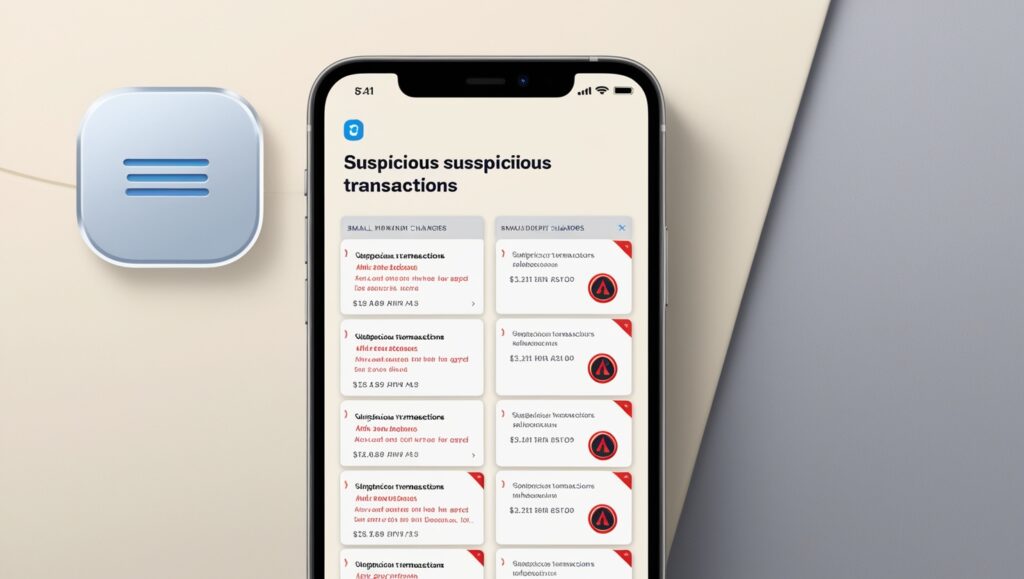Picture this: You’re checking your bank statement over morning coffee when your heart stops. There are purchases you never made, from places you’ve never heard of. Unfortunately, this scenario is becoming increasingly common as carding fraud continues to evolve in 2025. Let’s break down exactly how carding fraud works and arm you with the knowledge to protect yourself.
What is Carding Fraud? A Simple Breakdown
Carding fraud works through a sophisticated chain of deception where criminals steal and exploit payment card information for unauthorized purchases. Think of it as digital pickpocketing – but instead of physically stealing your wallet, fraudsters target your card data through various technical means.

The Alarming Reality of Modern Carding Fraud
- Every 2 minutes, another person becomes a victim of card fraud
- Card fraud losses exceeded $34.3 billion globally in 2023
- Small businesses lose an average of $12,000 per carding fraud incident
How Carding Fraud Works: The Step-by-Step Process
1. The Information Gathering Stage
Imagine leaving digital breadcrumbs everywhere you go online. That’s exactly what carders look for. They collect card information through:
- Sophisticated phishing emails
- Fake websites that mirror legitimate ones
- Data breaches of trusted companies
- Physical card skimmers at ATMs and gas stations
- Social engineering tactics
2. Card Verification Methods
Once criminals have your card data, they don’t immediately go on a shopping spree. Instead, they methodically:
- Test cards with small purchases
- Use automated tools to verify card validity
- Check available balances
- Verify associated personal information
3. The Identity Masking Process
Modern carding fraud works through layers of deception. Fraudsters create elaborate fake identities by:
- Generating synthetic identities
- Using virtual private networks (VPNs)
- Creating false documentation
- Establishing fake email accounts
- Setting up drop shipping locations
5 Essential Ways to Protect Yourself Against Carding Fraud
1. Implement Strong Transaction Monitoring
✓ Enable real-time purchase alerts ✓ Review statements weekly, not monthly ✓ Set up spending limits ✓ Use banking apps with instant notifications
2. Enhance Your Card Security
- Enable 3D Secure authentication
- Use virtual card numbers for online shopping
- Never save card details on websites
- Implement biometric verification when available
3. Practice Safe Shopping Habits
- Verify website security (look for HTTPS)
- Use trusted payment processors
- Avoid public WiFi for transactions
- Keep software and apps updated
4. Know the Warning Signs

Watch for these red flags that indicate how carding fraud works:
- Small test charges appearing
- Unknown merchant names
- Multiple declined transactions
- Unexpected account changes
5. Take Immediate Action When Compromised
Time is crucial. Follow these steps if you suspect fraud:
- Contact your bank immediately
- Report unauthorized charges
- Request a new card
- Document everything
- File a police report if necessary
Latest Technology Protecting Against Carding Fraud
The battle against fraud never stops. Modern protection includes:
- Tokenization technology
- AI-powered fraud detection
- EMV chip authentication
- Real-time transaction analysis
- Behavioral biometrics

What To Do If You’re Already a Victim
If you’ve fallen prey to carding fraud, don’t panic. Follow this recovery plan:
- Freeze all affected accounts
- Contact credit bureaus
- Change all passwords
- Enable two-factor authentication
- Monitor credit reports closely
- Document all communication
The Future of Card Security
As we look ahead, new developments are changing how carding fraud works and how we fight it:
- Blockchain verification systems
- Quantum encryption
- Advanced biometric authentication
- Machine learning fraud detection
- Decentralized payment systems
Key Takeaways
Understanding how carding fraud works is your first line of defense. Remember:
- Always monitor your accounts
- Use available security features
- Act quickly if compromised
- Stay informed about new threats
- Protect your personal information
Frequently Asked Questions
How quickly do I need to report card fraud?
Report unauthorized charges within 24 hours for the best protection under federal law.
Can I get my money back from carding fraud?
Most banks offer zero-liability protection, but you must report fraud promptly.
How do I know if my card has been compromised?
Watch for small test charges, declined transactions, and unfamiliar merchant names.
Should I close my bank account if my card is compromised?
Replacing your card is usually sufficient unless your banking login credentials were also stolen.
Remember: The best defense against carding fraud is a combination of vigilance and knowledge. Stay alert, stay informed, and take immediate action if you spot anything suspicious.



